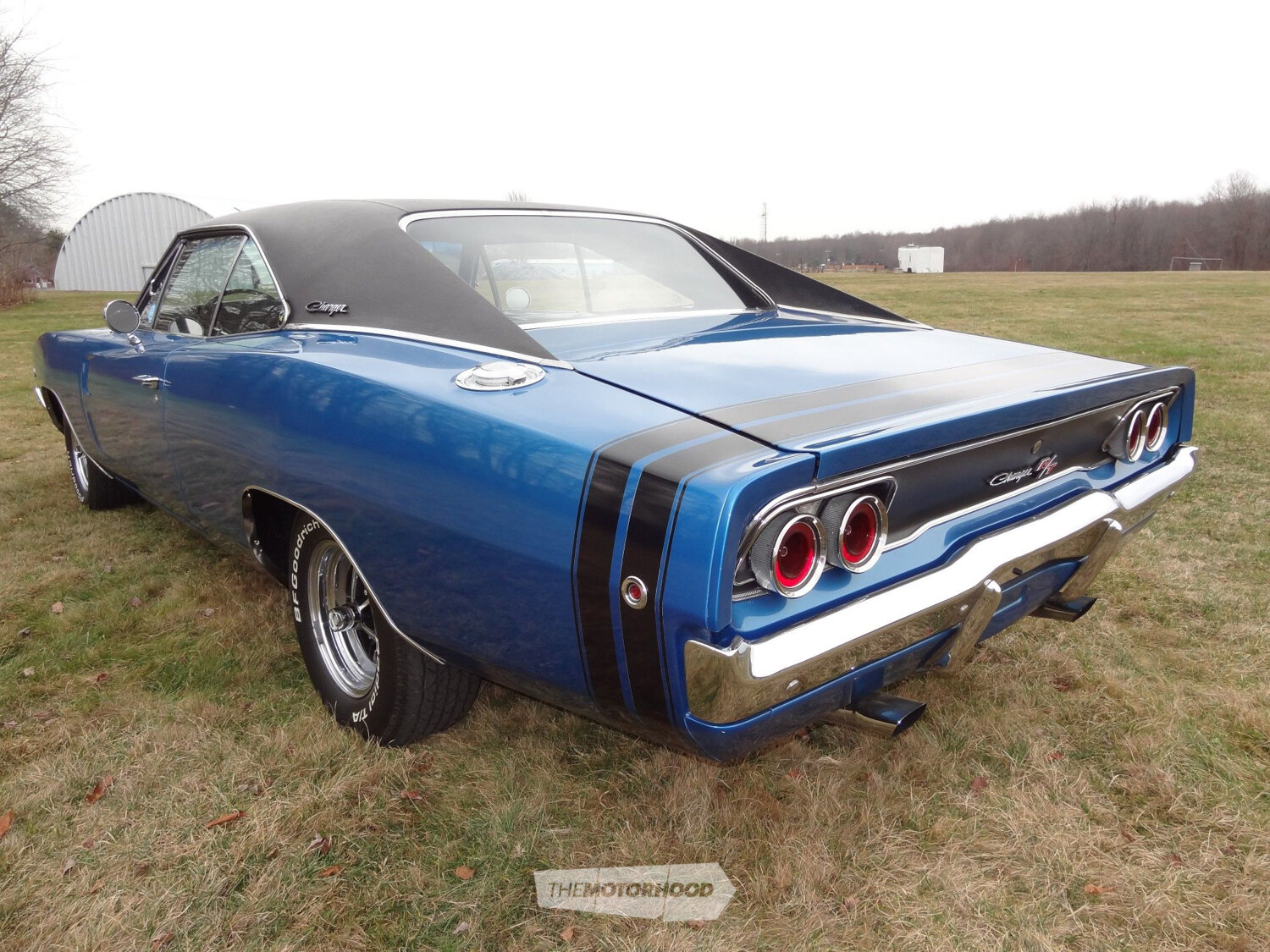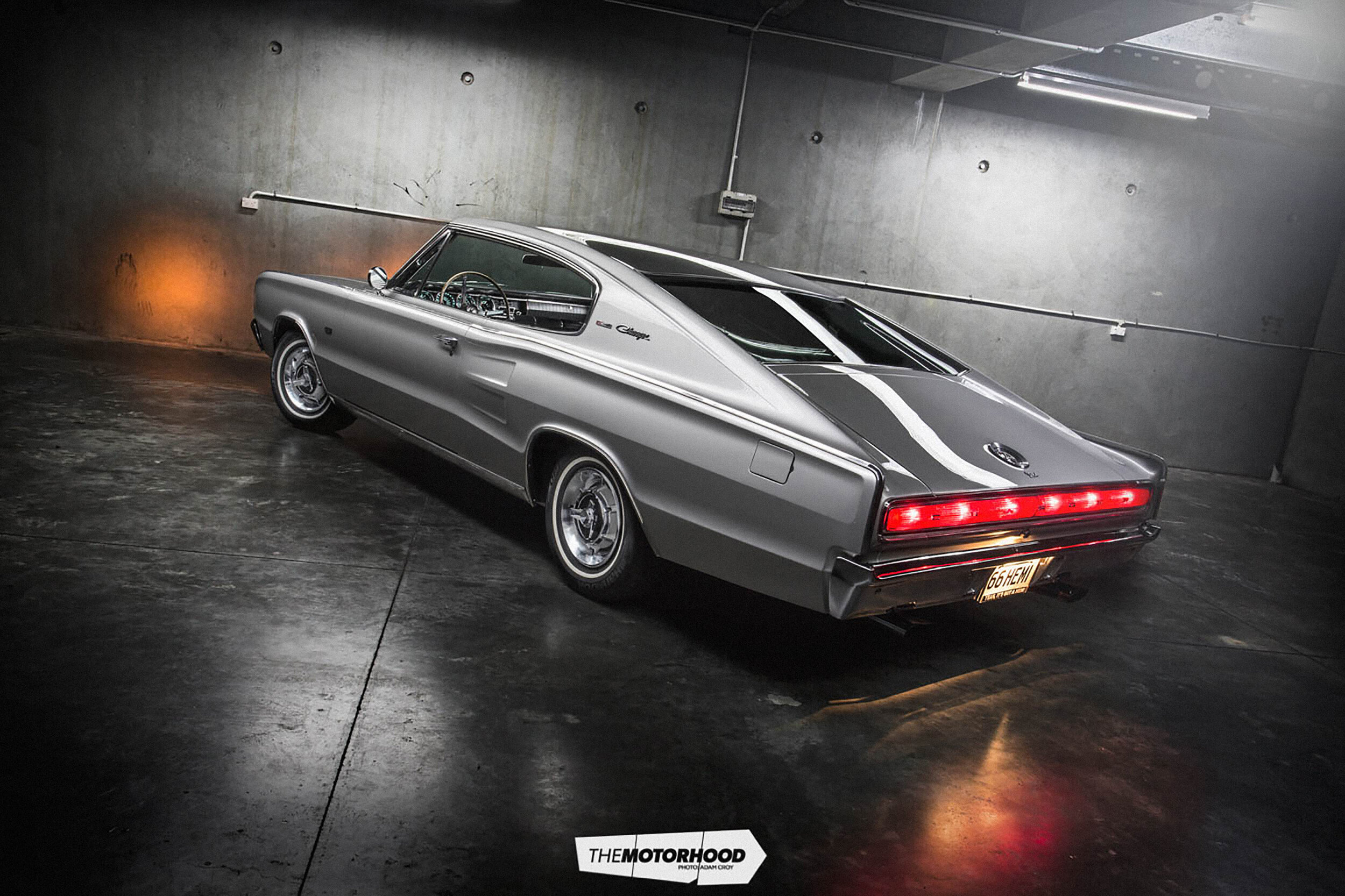American Charger or Australian Charger? It’s not all about Ford vs GM. Both variants of Mopar Chargers have their fans among Kiwis so where do they cross over? Ben Selby sets his sights on both
Bullitt, The Dukes of Hazzard, Bathurst, Nascar, Hemi engines, and The Fast and The Furious — all of the above represent why Dodge and Valiant Chargers are icons for Mopar and classic car fanatics everywhere. As a result, prices for both Aussie and American classics have risen well above their social standing when they were new. However, one variant is commanding significantly more than the other. Both have an equal share of fans, sure, but when you compare Chargers, apples for apples, they are very different.
According to US car valuing site Carsguru.com, Dodge Chargers saw a sharp hike in recent years but this has mellowed out into a gradual climb, especially for the big block 440ci RT and Hemi cars. Americans have well and truly cottoned onto the fact the muscle car era was a unique period and the supply of these cars, like the oil they gobbled so voraciously, is not inexhaustible after all. What this means for Kiwi buyers and importers is that decent examples of second-generation Chargers — the most sought after — are seldom found for less than $80K.
Bryan Leonard of the Northern Mopar Muscle Car Club says the second-generation American cousin gets his seal of approval, despite the odd period design flaw.
“They really hit the mark with this design,” says Bryan. “Nothing says ‘staunch’ more than a second-generation US Charger.”
Scrolling through the classifieds reveals a few B-body Chargers for less, but they fall into the project category. If you want a straight matching-numbers example of a ’68–’70 car, set aside a snip over six figures. However, if only the flagship Charger R/T will do, you are looking at closer to $150,000 for a 440 Magnum 7.2 litre V8 with the 727 automatic transmission.

Superb Super Bee
The third-generation car, built from ’71 to ’74 presents the smartest investment right now. The Charger underwent significant styling tweaks and, despite the looming oil crisis, the Mopar V8s still retained their grunt with everything from a 225ci slant six to the popular 440 on offer. Examples of these ‘coke bottle’ cars change hands in New Zealand for anywhere $40,000 to $70,000 for straight, rust-free examples.
“The third-generation cars have been climbing steadily in recent years so it would pay to get one now. A 1971 Super Bee would be my pick,” says Bryan.
The Aussie Chrysler and Valiant Chargers, regardless of spec level, have been going up in value since the early noughties. That said, within recent years things seem to have calmed down. John Kearse is a Valiant Charger owner and co-ordinator for the Facebook page ‘Mopars in the South’. He confirms this trend of things remaining level for the much-loved Aussie classic.
“Valiant and Chrysler Chargers seem to have levelled out in value but aren’t cheap,” says John. “People have their own tastes in Mopar cars, with Pacers and suchlike being looked after, but the Charger is probably the most sought after.”

Tucked away
While E49 R/Ts and E55s can be almost impossible to find for sale in New Zealand — as many of them have already been restored and tucked away by caring owners — just about every variant of Valiant and Chrysler Charger is still pretty hard to come by. Any examples, regardless of condition, command some serious coin.
“I have owned my 1975 VJ Charger 770 for 18 years and in that time it has owed me $9000. However, I have turned down offers of $35,000 from people wanting to buy it,” says John.
A growing trend has seen many classic cars based in New Zealand leave our shores for buyers across the ditch but, according to John, when it comes to Valiant and Chrysler Chargers, it’s Kiwi buyers pushing the flow the other way, bringing more into the country out of Australia.
“Most of the time, Valiants and Chryslers are actually being imported here from Australia. People are finding tidy examples in Australia for the equivalent of $50,000. With many rough cars in New Zealand needing that amount for a full restoration, most people don’t mind paying a bit extra for compliance and registration, making this way a bit of a no-brainer for most,” he says.
Whether you hanker for a US or an Aussie Charger, it pays to do your homework. Matching numbers is a good place to start.
“Check if it is a matching-numbers car,” suggests Bryan. “Many cars have been engine swapped, so matching the original engine to the chassis is essential for a car to hold its value. They are easily worth more down the track.”
John Kearse confirms this trend with Valiant and Chrysler cars, as engine swaps were commonplace in the early’80s.
“Back in the day, if your short block was a bit sad, you could go to a reconditioning shop and literally swap it over. Reconditioners would have multiple reconditioned engines for Aussie cars ready to go due to the demand. But once the swap has happened, there goes your originality,” explains John.
Traditional advice is simply to find the best example you can afford. Plus, getting bogged down finishing someone else’s project or restoration is best avoided. However, if by chance you come across a barn-find 440 RT or Hemi with original patina, then grab it.

The buck stops here
If the US Charger has been fully restored, make sure you have the documents and receipts showing the work and who carried it out. There are operators out there who are all about making a quick buck. Engine work and bodywork done in New Zealand are often of a higher standard. Engines and gearboxes are simple and easy to maintain; however, rust can rear its ugly head. Common rust points for US cars are around the boot floor and bonnet hinges, so check these over with a fine-tooth comb. The same can be said for Valiants and Chryslers.
“General thing is, they rust. However, you can still buy all the suspension and mechanical components new,” says John.
So which Charger would be best to buy right now? Well, given the gap in prices it really is hard to compare the American to its Australian counterpart. However, in terms of the market now, US Chargers are climbing while Valiants and Chryslers seem to have reached a plateau, for now at least. Either way, if the phrase ‘Mopar or no car’ applies to you, you certainly won’t be losing out.




